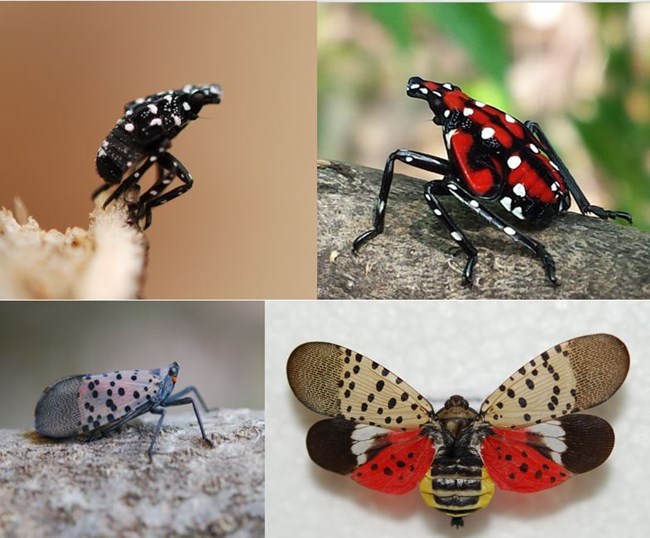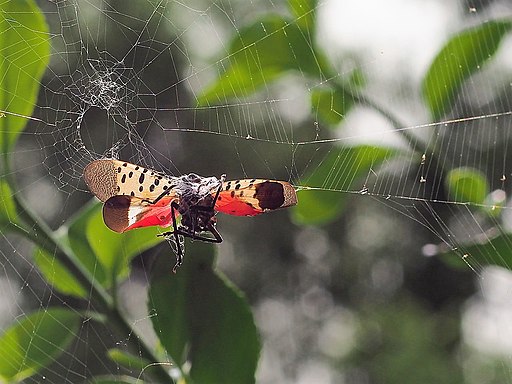Over the past two centuries, thousands of non-native insects have hitchhiked to the United States in packing material, on live plants, and in passenger baggage.
Scientists with two U.S. Department of Agriculture(USDA) agencies and their partners used the history of live plant imports and invasion by a common group of insects to estimate the rate at which new insects are arriving and how many new insect species may yet be in store for U.S. forests and agricultural fields.
Findings suggest that efforts to reduce biological hitchhiking on live plant imports, often referred to as “biosecurity,” are working. However, more than a century of invasion by Hemiptera insects also suggests that increased trade might offset the effects of improved biosecurity. As many as 25 percent of invading Hemiptera insects may have yet to be detected in the nation’s forests and agricultural fields.
The USDA Forest Service, examined records from 1854 to 2012; they found that 930 non-native species of plant-feeding insects in the Hemipter order have invaded the United States. The research team was able to identify the origins of 770 of those species.
Hemiptera are small, plant-feeding insects (the order includes true bugs, aphids, and scales), and many of these species cause considerable damage to agricultural and forest plants. The Hemiptera order includes more than 80,000 insect species, and accidental transport of live plants or plant products is the main pathway by which most Hemiptera move among continents.
I HAVE A SOLUTION TO THE PROBLEM.
THE PRAYING MANTIS IS YOUR BEST FRIEND!
Predators of the spotted lanternfly include praying mantises, chickens, garden spiders, gray catbirds, yellowjackets, wheel bugs, garter snakes, and koi fish.
Also the little Spotted Orb Weaver Spider feasts on the Lanternfly!






